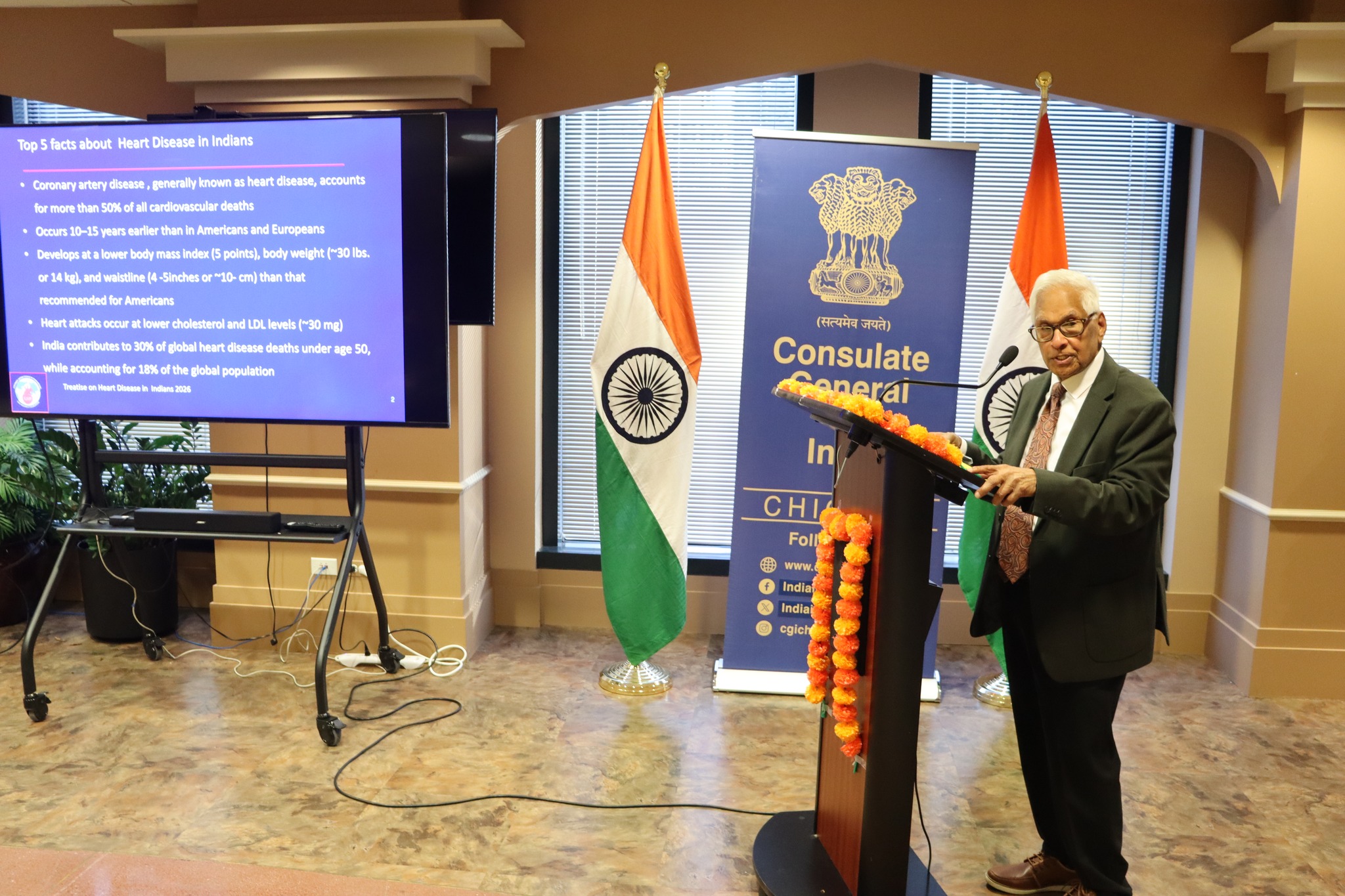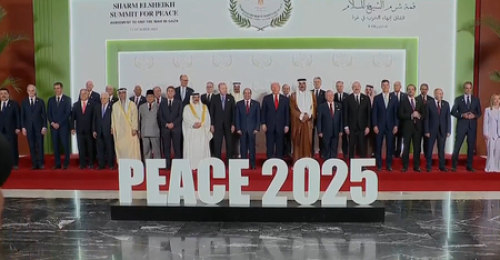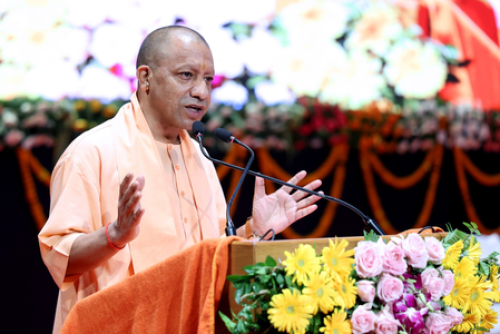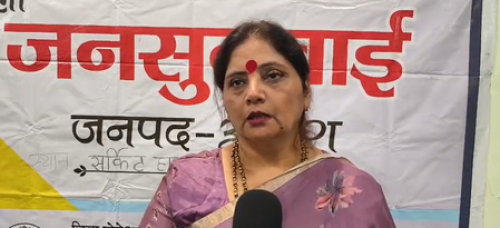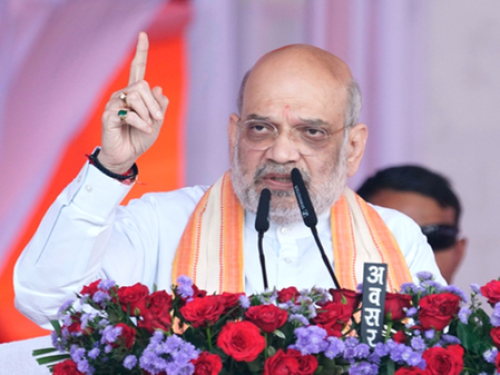Chicago: The Indian Consulate in Chicago observed World Heart Day on Tuesday with a landmark conference spotlighting the growing epidemic of heart disease among Indians—a crisis claiming lives at younger ages and lower body weights than in most other populations worldwide.
Delivering the keynote address, Dr. Enas A. Enas, a pioneering cardiologist and founder of the CADI Research Foundation, presented compelling evidence on why Indians remain uniquely vulnerable to coronary artery disease (CAD). Drawing on over five decades of research, he explained that Indians suffer heart attacks earlier and more severely, often despite having cholesterol and body weights within internationally accepted “normal” ranges.
“Thirty percent of all heart disease deaths under age 50 occur in India, though the country accounts for only 18 percent of the global population,” Dr. Enas said. “In contrast, just two percent occur in the United States.”
The event, hosted by the Consulate as part of its World Heart Day observance, brought together physicians, researchers, community leaders, and public health advocates from across the Midwest. Consul General of India Somnath Ghosh opened the conference by underscoring the importance of preventive health awareness among the Indian diaspora. He was joined by noted speakers Dr. Vemuri S. Murthy, an expert in resuscitation science, and Dr. Bellur S. Prabhakar, Professor Emeritus at the University of Illinois at Chicago. Both emphasized the urgent need for early screening, education, and community-based prevention programs to address the disproportionate burden of cardiovascular disease in Indian populations.
All three speakers paid tribute to Dr. Enas’s groundbreaking work, crediting him with alerting the world to a crisis once overlooked. “What was dismissed 40 years ago as alarmist is now accepted as scientific fact,” said Dr. Murthy. “Dr. Enas has transformed our understanding of heart disease in Indians.”
In his address, Dr. Enas outlined several “risk enhancers” that go beyond traditional factors like smoking, obesity, and hypertension. Chief among them is lipoprotein(a), or Lp(a)—a genetically determined cholesterol particle far more potent and dangerous than LDL cholesterol. Elevated Lp(a) levels are found in about 25 percent of Indians, compared to 20 percent of Whites and 10 percent of Chinese populations. “Elevated Lp(a) doubles the risk of heart attack, and when combined with diabetes or high LDL cholesterol, it quadruples it,” he said. “We can’t change our genes, but we can act early—through screening, lifestyle, and treatment—to prevent early heart attacks and deaths. Awareness is our first line of defense.”
The conference coincided with the forthcoming release of Dr. Enas’s new book, Treatise on Heart Disease in Indians, coauthored with Dr. Basil Varkey, Professor Emeritus at the Medical College of Wisconsin. To be released later this month in London, the volume is the first comprehensive study dedicated to understanding and combating the world’s highest rates of premature and severe coronary artery disease among Indians and South Asians.
Dr. Enas, recognized globally for linking heart disease in Indians to metabolic and genetic factors, has authored more than 100 scientific papers and delivered over 1,000 lectures worldwide. His coauthor, Dr. Varkey, an award-winning medical educator and editor, brings decades of clinical and research experience to the collaboration.
Designed for both medical professionals and the public, the book combines cutting-edge science with practical prevention strategies. It explains why heart attacks strike Indians 10 to 15 years earlier than in Western populations and offers actionable solutions for risk reduction. Among its findings: while countries such as the U.S., U.K., and Finland have cut heart disease deaths by nearly 80 percent through prevention and early detection, India’s rates continue to climb. Genetic predispositions, low rates of diabetes and cholesterol control, and limited public awareness are key contributors.
Dr. Enas noted that although obesity has doubled in many countries, heart disease deaths have plummeted in places like Finland and the U.S. due to widespread prevention efforts. “In those nations, heart attacks have been postponed by 20 to 30 years—so that most occur after retirement, not during productive working years,” he said. “That’s the shift we must aim for among Indians worldwide.”
As the conference concluded, Consul General Ghosh praised Dr. Enas and his colleagues for their lifelong contributions to improving cardiovascular health among Indians and the broader South Asian community. “This is not just a medical issue—it’s a matter of public health, family well-being, and national productivity,” he said. “Through knowledge and collaboration, we can change the trajectory of this epidemic.”
The Chicago conference, alongside the forthcoming release of Treatise on Heart Disease in Indians, marks a turning point in global understanding of cardiovascular risk among Indians—translating decades of research into a call to action.
“Heart disease in Indians is early, aggressive, and deadly,” Dr. Enas said. “But it is also largely preventable. The time to act is now.”
For more information, visit www.cadiresearch.org. The book will be available globally through Amazon in November 2025.


